Oh no! Is your pooch a little bigger than normal? Here's how you can help him drop the weight and get back to his healthy self.
We have all heard that childhood obesity, to say nothing of obesity in general, is a serious and growing problem in the United States. One attendant problem is that if dog owners are gaining and retaining weight, chances are that their dogs are as well. No matter whose research you’re reading, the findings are consistent: More than half of all dogs in America are overweight or obese.
1. Can you feel your dog’s ribs?
If you’re having to feel around, or apply pressure before making contact with a rib bone, your dog may be overweight. The rib-cage test is significant because the ribs shelter the lungs, and lungs need room to expand.2. You dog has difficulty breathing and limited stamina
Dogs who are having consistent trouble breathing, or dogs who become tired quickly and after very little physical exertion, may be obese.3. Your dog has digestive problems and constipation
If your dog is having regular problems defecating and struggling with repeated bouts of constipation, obesity could be a major factor.4. Your dog is moving gingerly
Obese dogs may move gingerly or assume resting positions with effort. Obesity in dogs is a contributing factor to bone and joint problems such as arthritis or hip dysplasia.5. Your dog as a blocky body shape
Regardless of breed, you’ll notice a distinct upward slope from the base of the ribcage to the hips. The degree of that slope varies, but is usually noticeable. A blocky, endomorphic dog with no difference in girth from ribs to hips is likely to be dangerously overweight.Combat canine obesity with consistent effort
Is your dog looking for easy ways to lose weight? Probably not, because he is a dog and will eat and do whatever you permit. An obese dog is not going lose significant weight in a week, no more than a person can. Weight loss is perhaps easier for a dog to manage, but dog owners have to be willing to commit.Regular exercise is also essential. This is nothing you haven’t heard before, and yet it remains just as vital. Many sources recommend a 15-minute walk twice daily. Don’t have the time? Engage a professional dog walker! Depending on the breed or mix of dog you have, the physical activities she enjoys may vary. Is your dog a tug-of-war fan? Does she like to play fetch? Does she enjoy swimming? There are countless ways to keep your dog active throughout her life, but consistency and routine are key.
Making sure your dog is in tip-top shape will greatly benefit him. He will feel more comfortable in his fur and stay healthy!
For more on doggy obesity, visit Dogster.
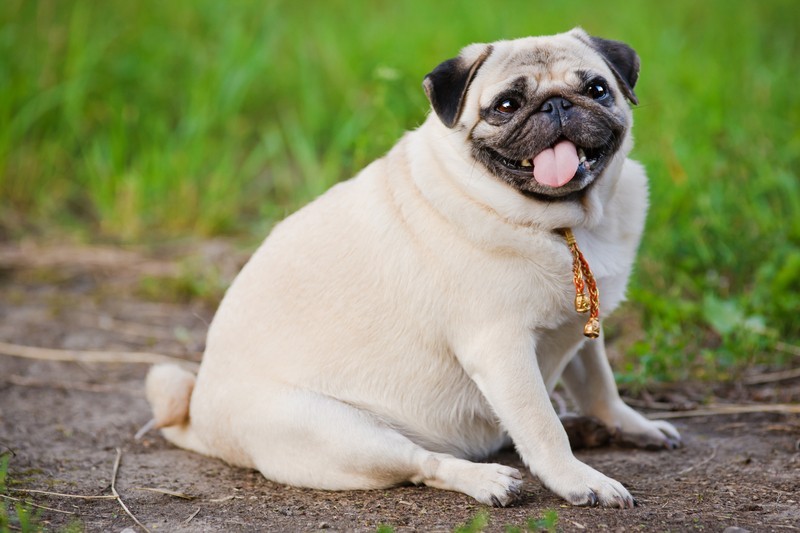
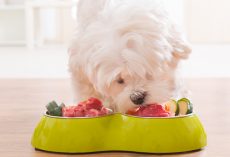
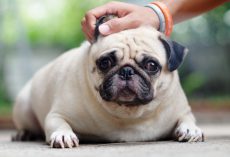
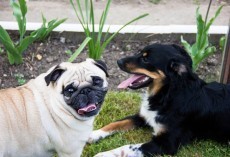

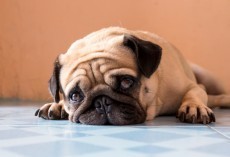
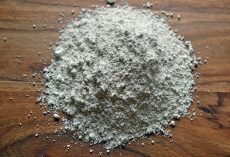
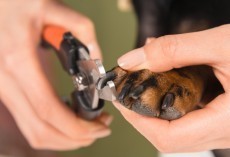
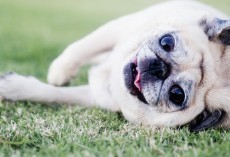

Sarah Gallien
- Edit
Erica Asevedo
Olivia Jessica Gloria
- Edit
RaMon Gloria this is miles
Ashley Steadham
- Edit
Kendall Bailey
Eric Hambrick
- Edit
Alicia Cheung Hambrick
Robert Strenz
- Edit
Shoot the owner lol
Tina Smith
- Edit
Nutro dog food (claimed to be great for dogs) Petsmart sells it!.
DO NOT BUY IT!
My 14 lb. Pug went to 18.6 lb. in 2 months on this stuff and she wasn’t over fed nor does she get anything other than dog food/treats!
Morgan Danielle Dubree
- Edit
Chad Beier
Garrett Hanson
- Edit
Porsche and Shelby Jonathan Proferes Monika Hynkova
Sunny Williams
- Edit
Pugs tend to be stocky and can put on weight easily. We have combatted it by being really strict on measured dry food, grain free, and adding vegetables that they love. They’re full but not over fed. Also they get a little coconut oil every day. The older pug has really started looking trimmer.
Luke Malcolm
- Edit
Nicci Graziano Mike Molina Nayra Sue
Sally Evans Ibarra
- Edit
My pug is 32lbs and is on prescription diet c/d. How much dry food do you feed them?
Sunny Williams
- Edit
My chubbier one gets about 1/3 a cup twice a day plus a handful of either frozen green beans or carrots or a little pumpkin (rotating). Plus a few teaspoons of coconut oil in the morning. She weighed 29 pounds and looked like a torpedo! I haven’t weighed her lately but she’s definitely got less bulk around the middle, more stamina, and more energy now. There’s a big difference between her rib cage and her hips now.
Megan Zeier
- Edit
Bram Zeier
Connie Henry Chase
- Edit
My vet said 1/2 cup twice a day…no treats till she lost the weight. She was 22 lbs now 16. I didn’t take long. Of course she acts like she is starved all the time but it’s normal for the food crazed breed.
Cathlena C. Sutter Hinkle
- Edit
I have to give my pug canned food (no teeth)…how much do you feed your pug and do you feed them once or twice a day?
Sunny Williams
- Edit
With the addition of vegetables mine doesn’t act hungry any more between meals. On 1/2 cup twice a day, she always wanted more and was gaining weight.
Emilio Salinas
- Edit
Ashley Sierra tuni
Allison McDaniel
- Edit
And we thought Momo was fat lol Nathaniel Monteith
Jill Horner Nichols
- Edit
Jeff Orzo, Tanker isn’t there yet…
Brandi Derrick
- Edit
This is Wendell. I feed him canned food (13.2oz. cans). I give him 1 and a half cans a day, usually 3/4 in the morning and the rest in the evening. This was a learning curve though. I found that with 2 full cans a day, he gained weight after about two months. The smaller cans did not seem to be enough, so this is a happy medium.
Cathlena C. Sutter Hinkle
- Edit
Thanks so much…I’m trying to keep our pug from gaining. We adopted her a couple months ago..
Brandi Derrick
- Edit
I use Natural Balance.
Cathlena C. Sutter Hinkle
- Edit
She had bladder surgery and has been on science diet, but it’s expensive!!
Cathlena C. Sutter Hinkle
- Edit
She follows me around all day wanting food…typical pug…
Anthony Glor
- Edit
Jessica Brown Ashley Rhenea Ingram
Ashley Rhenea Ingram
- Edit
Not Tucker
Jessica Brown
- Edit
Not tucker
Anthony Glor
- Edit
It’s Tucker lol
Regina Pokropski
- Edit
They do have a tendency to gain weight.
Hannah Hutchinson
- Edit
Hilary
Janet Adcock
- Edit
Lexi Adcock this dog looks like winnie
Lexi Adcock
- Edit
The fatter the cuter
Cindy Larkin
- Edit
Always picking on the pugs.
Judy-Lee Frinzi-Spence
- Edit
My pug is 37 pounds
Cindy Larkin
- Edit
Judy-Lee Frinzi-Spence so are the both of mine.
Sarina Brook
- Edit
great